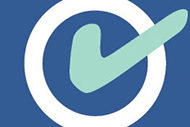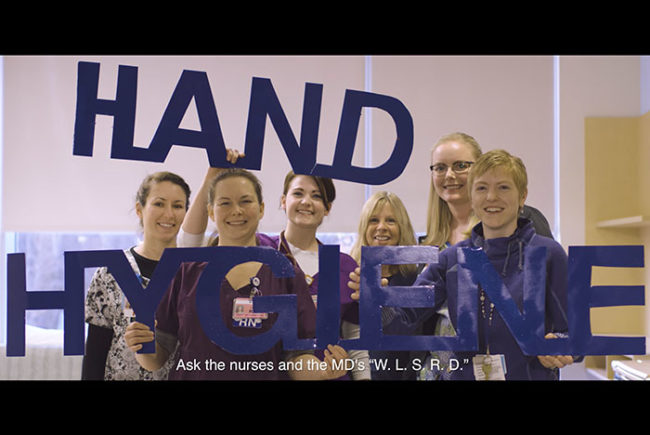It may not seem like the facility professional’s job, but everyone who steps inside a health care facility has some skin in the game of proper hand hygiene.
Whether it’s the environmental services professional who washes his or her hands before stepping in or out of a patient room, or a facility manager or engineer in charge of installing and maintaining hand-hygiene stations and monitoring systems, no one is exempt from contributing to proper hand-washing rates, which can help decrease the rate of health care associated infections (HAIs).
In fact, in our most recent Salary Survey, we found that a quarter of our respondents have financial incentives linked to their facility’s rate of HAIs.
“For environmental services managers, infection prevention and patient satisfaction are critical focus areas,” said Patti Costello, executive director of the Association for the Healthcare Environment, in the survey’s report. “Staff, including the management team, are evaluated and held accountable to quality outcomes the same as the hospitals.”
The Centers for Disease Control and Prevention states that proper hand hygiene plays a vital role in reducing HAIs, and is working to update its educational hand-hygiene materials to distribute to U.S. health care facilities. Many hospitals have proven they are serious about hand hygiene and have launched campaigns to boost the cause within their organizations.
In a one-day event called the Big Wash, University of Chicago Medicine used 2,581 sensors to track hand hygiene across its three-hospital campus. The health initiative resulted in 97,000 hand-hygiene events, equaling about one hand scrubbing per second.
In 2014, Vanderbilt University Medical Center reported that its hand-washing rates increased after it launched a clean hands initiative in 2009. The initiative included installing additional hand sanitizer dispensers at the entrance and exit of every patient room or bay, and lotion dispensers for those who complained about dry, irritated hands.
However, the medical center reported that the biggest boost in hand hygiene came after educating everyone, from receptionist to surgeon, about the direct link between hand washing and preventable infections. The result: hand-washing rates increased from 58 to 97 percent.





